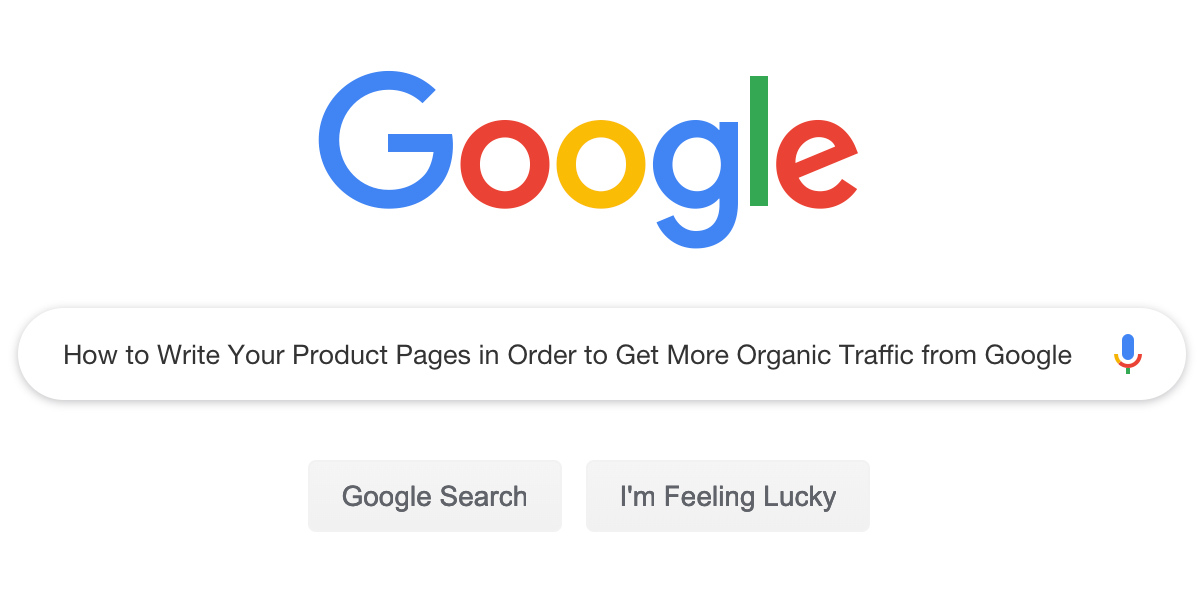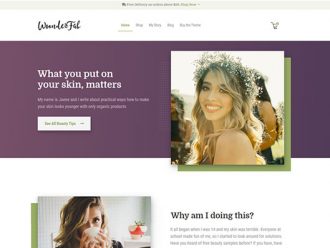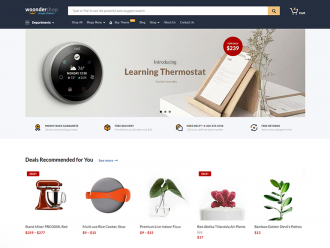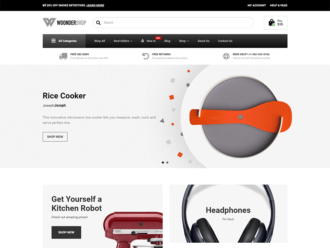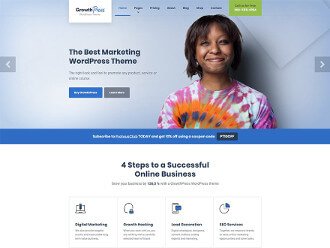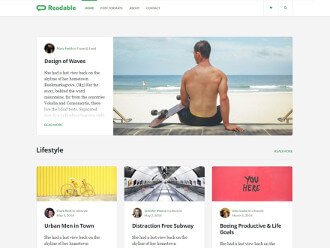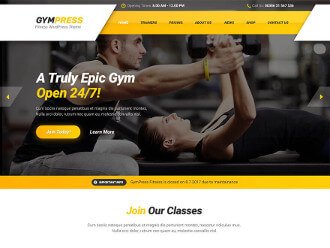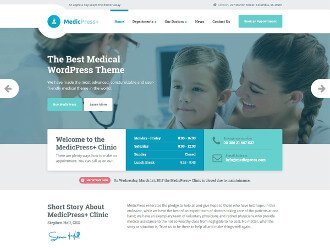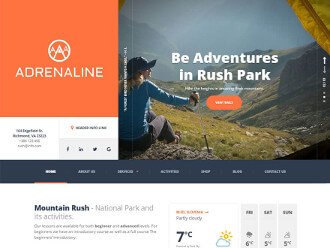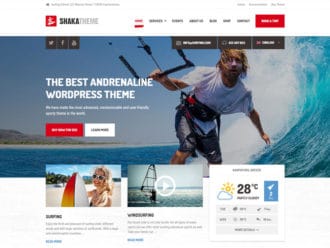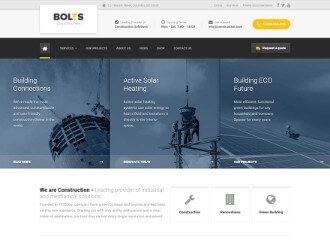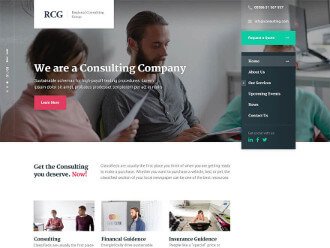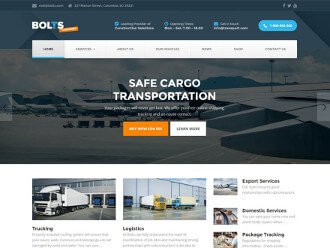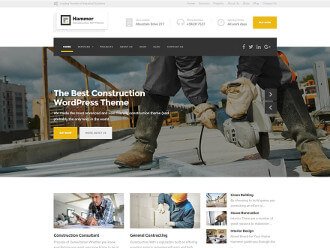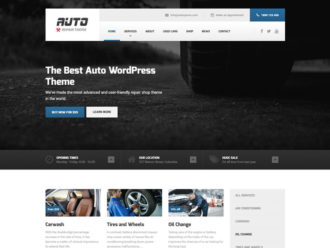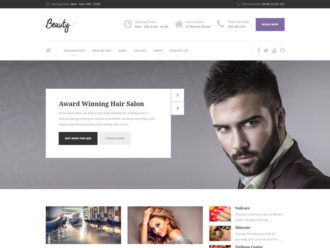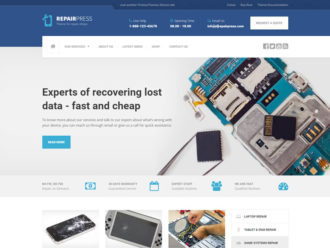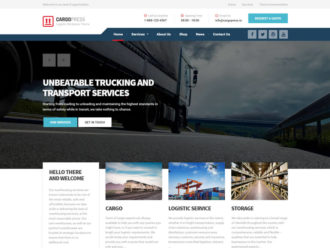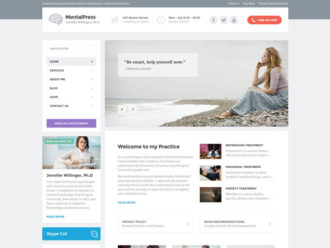When it comes to your e-commerce store, your product pages play a crucial role in helping you convert visitors into buyers. While they should provide visitors with enough information about your product, they should also convince visitors to take action and purchase the product in question, as well as help your store rank better in search engines.
Once your store’s product pages start showing up in search engine results pages, you will get more organic traffic from Google. More organic traffic means you can spend less on advertising and focus on investing that money into other areas of your business. This can include things like finding a better shipping supplier, investing in business automation, improving your products, and more.
More organic traffic also means you will be able to get more interested visitors to your store. Since they have been searching for a product you sell, they will be more likely to make the purchase when they land on your product page.
That’s why the way you write product pages matters and in this post, we’ll share tips that will help you write product pages that bring in more organic traffic and convert visitors into buyers.
X Tips for Writing Product Pages That Bring More Traffic and Convert More Visitors
Below, you’ll find eight tactics to try on your product pages that will help you bring in more organic traffic from Google and other search engines. Once you implement those tips, you will also be able to convert more visitors into actual buyers.
Know Your Audience
Whether you’re selling one product or hundreds, your target audience should be the backbone of every piece of copy you write. Product pages are no different. You need to understand what your audience loves and what they need.
However, you also need to get more nuanced and understand the words and phrases they use, the type of humor they appreciate, as well as how they describe their problems and everyday situations.
When you get this granular with your ideal customer profile, you are able to make them feel like you know them. That’s when they think to themselves you are in their head. And once they feel like you know them, they are more inclined to buy from you and to trust you and the products you’re selling.
Research Your Competition
Once you have a clear idea of your ideal customer profile, it’s time to research your competition. However, make sure you’re researching online stores that already are established and that have been in business for 3+ years. Chances are, they will have an established customer base and the level of success you’re trying to achieve with your store.
A good starting point is to analyze their product pages or product category pages with a tool like SEMRush or Ahrefs as this will give you a good idea of the keywords they are ranking for and that are sending them traffic.

You will then have a list of keywords that you can use in your product pages to get traffic as well as be able to see how they write their product descriptions. You can use this as an opportunity to learn how you can make your product descriptions better than theirs.
Competition research will also allow you to identify any potential information that’s missing from their product pages. You can use this to your advantage to write a product page that has a very detailed description and that answers customer’s questions better than the competition.
Make Your Product Descriptions Longer Than Competitors’
The length of your product pages matter. If your product copy is too short, it might not cover everything your visitors want to know about a particular product. But if it’s too long, there’s a good chance they won’t read it anyway.
So while the debate whether your product descriptions should be long or short rages on, you need to keep this in mind that numerous studies have shown that longer content outperforms shorter content. In other words, if you want to outrank your competitors, your product descriptions need to be longer than theirs.
However, don’t simply make your product page longer for the sake of length. Keep your audience in mind and consider what information you can include on the page to make it more useful for them, which leads us to the next tip.
Replace Fluff With Helpful Information
Avoid using words and phrases that will make the customers think they’ve heard it all before. It’s natural to feel biased about your own products but by using words like “highest quality”, “best of its kind” or “industry-innovative”, you’re not doing yourself any favors.
For starters, your customers will not be convinced that your product truly is the best or innovative until they actually have it in their hand and have used it. Therefore, words such as the above are not contributing to your conversion rate.
On top of that, your customers won’t be able to differentiate between your product and that of your competitors with a copy that sounds exactly the same as theirs.
Instead of wasting space on fluff, consider what information your visitors need to know to make the purchase. Are they looking for a product that’s eco-friendly because they care about the environment? Perhaps they want to need to know that their boots will keep them warm during winter mornings because they use a special type of material?
Fill In The Gaps
We’ve also mentioned that your product pages should fill the gap that your competition isn’t covering. Perhaps their product pages are lacking important information about shipping or other guarantees? Or you noticed that they aren’t covering how to take care of a particular product?
The examples above are a perfect example of how you can fill the gap that’s missing. This works extremely well when you pair this tip with the one above and add useful information to your product pages.
You can also use this tip to justify the superlatives you believe your product deserves. For example, if your product truly is the best in the industry, you can fill in the gap by explaining why you believe it is. Provide proof and not only will you be filling a gap but you will also build trust and create stronger copy.
Consider how Amazon does it in the example below:

Use Storytelling
One of the downsides of online shopping is that customers can’t touch or feel the item they want to purchase. This is where product images help but the descriptions on your product pages matters even more.
Consider using storytelling to paint a vivid picture of how it would be to use this product. Describe how it would feel in their hands or how their life would be if they owned the product you’re selling.
A great example of storytelling is this Minecraft Lava Lamp from Thinkgeek. Anyone who is a fan of the game knows what trouble lava is but ThinkGeek goes a step further and tells visitors the lamp is perfect for soothing or quiet time and it gives you warm fuzzies without the burning sensation.

You can incorporate sensory words as well to make your copy stronger and evoke their senses. Words like crunchy, smooth or fine allow your customers to understand what they can expect once they get your product in their hands.
Green and Black’s does a great job of using sensory words to describe their chocolate bar.
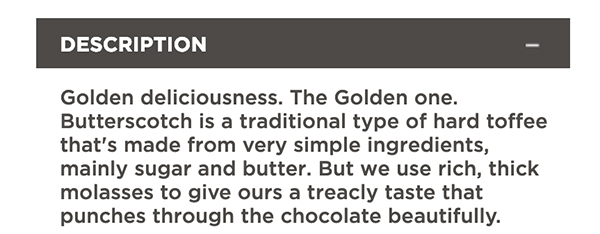
Formatting Matters Too
It goes without saying that your product pages should be scannable and easy to read. After all, nobody likes to read long walls of text, especially on mobile phones. But formatting doesn’t apply only to using bullets, headlines, and short paragraphs.
Proper formatting also means using the correct schema markup for your website. This will help your store rank better in the search engines and make it easier to get organic traffic from Google.
Furthermore, proper schema markup or rich snippets for your e-commerce store will allow your products to stand out in the search engines. Consider the screenshot below:
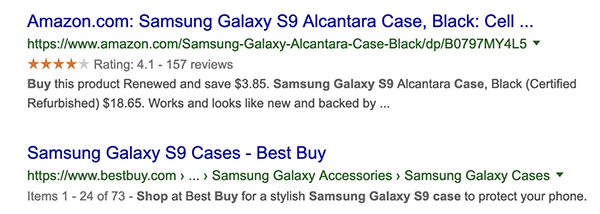
You can clearly see how the Amazon result stands out when compared to the result below from BestBuy. You can easily add rich snippets to your WooCommerce store with a help of a rich snippet plugin.
Show Social Proof
Lastly, be sure to show reviews on product pages. They will help build trust in your customers and make it easier for them to make the buying decision. WooCommerce makes it easy to display product reviews right next to the product description.
However, don’t stop at reviews alone. If your product has been featured in an online publication, consider linking to that piece on relevant product pages. You can also display it on the homepage or the about page.
Similarly, if your product has won any awards, don’t be afraid to mention it in your description on the product page itself. You can take it a step further and feature an image of the award as well.
This online furniture seller has an entire page dedicated to press features but they also get creative and show how other customers are using their furniture on product pages.

Final Thoughts
Your product pages are your store’s front-line to conversions. If you want to see more organic traffic and improve your e-commerce conversion rate, you need to pay attention to how you write your product pages. With the tips in this article, you’ll be well on your way to crafting product pages search engines and customers love so you can make more money from your WooCommerce store.
